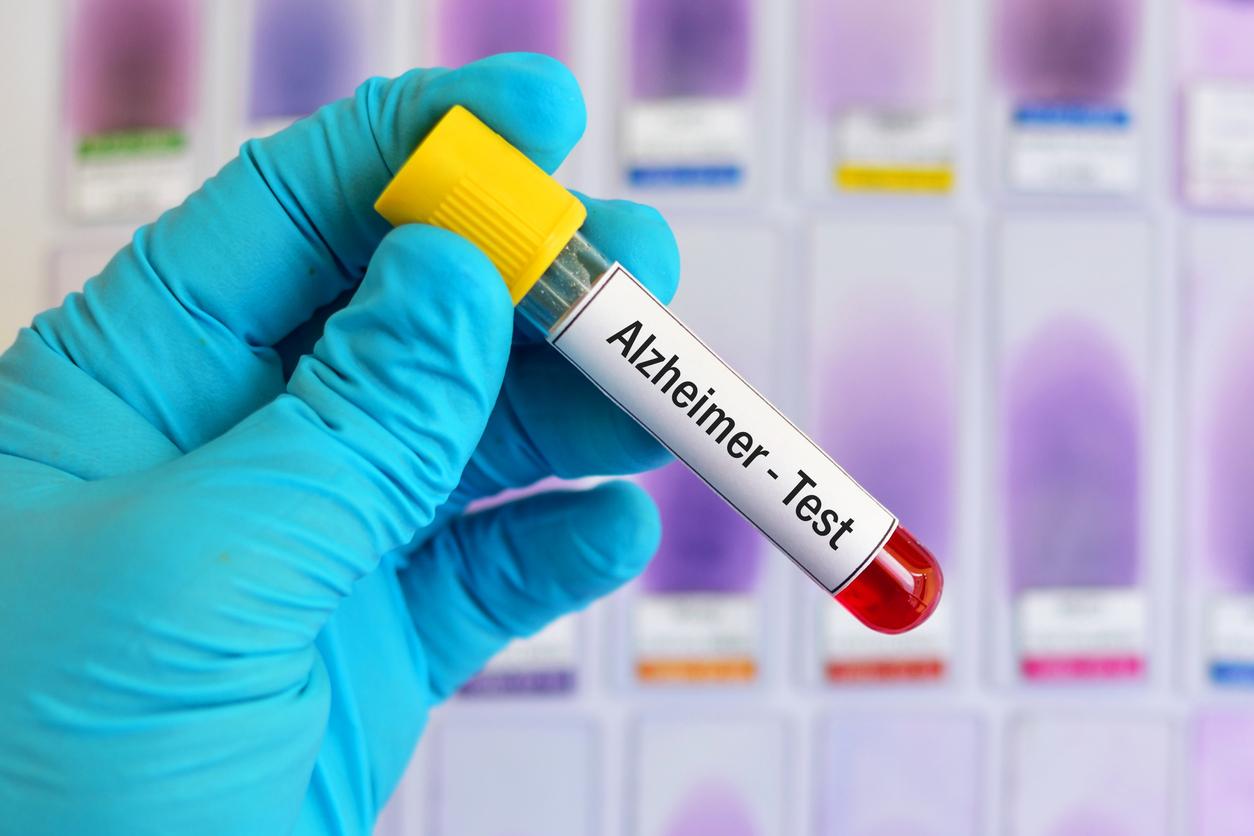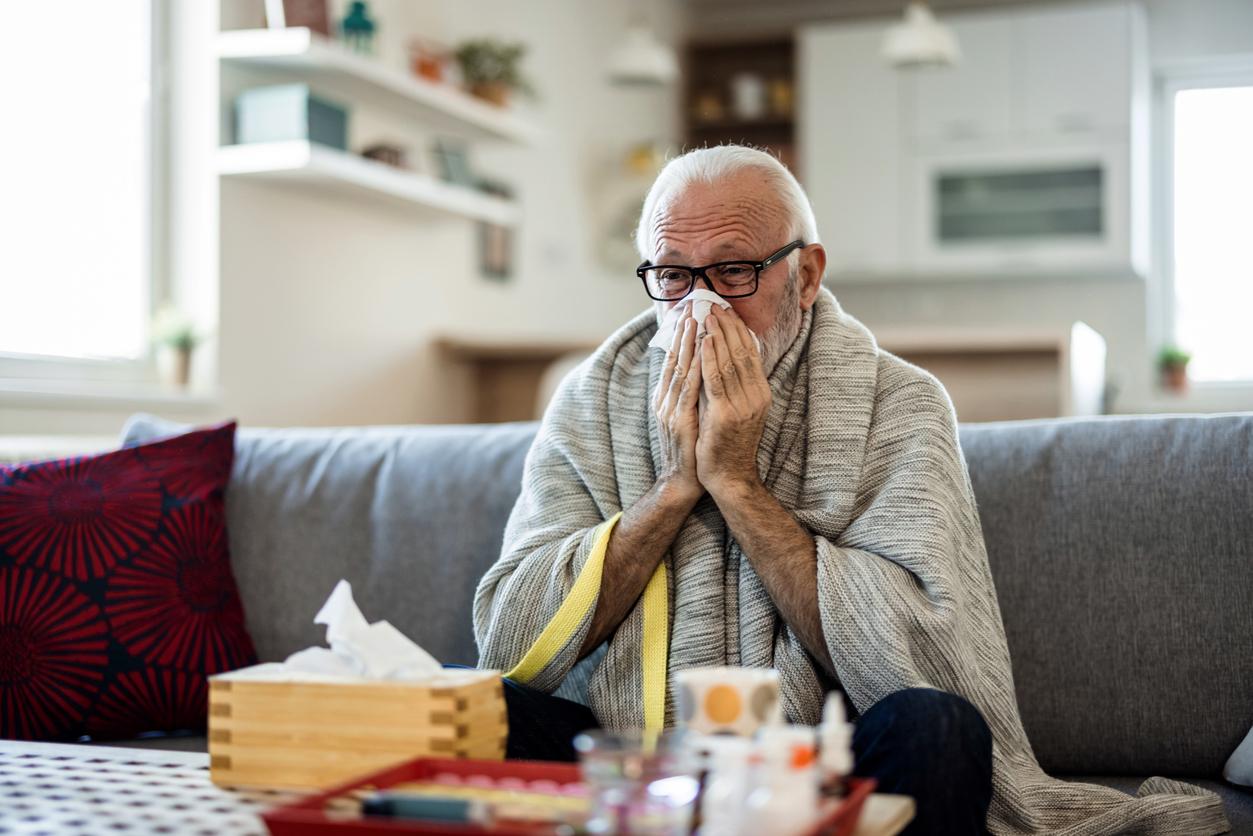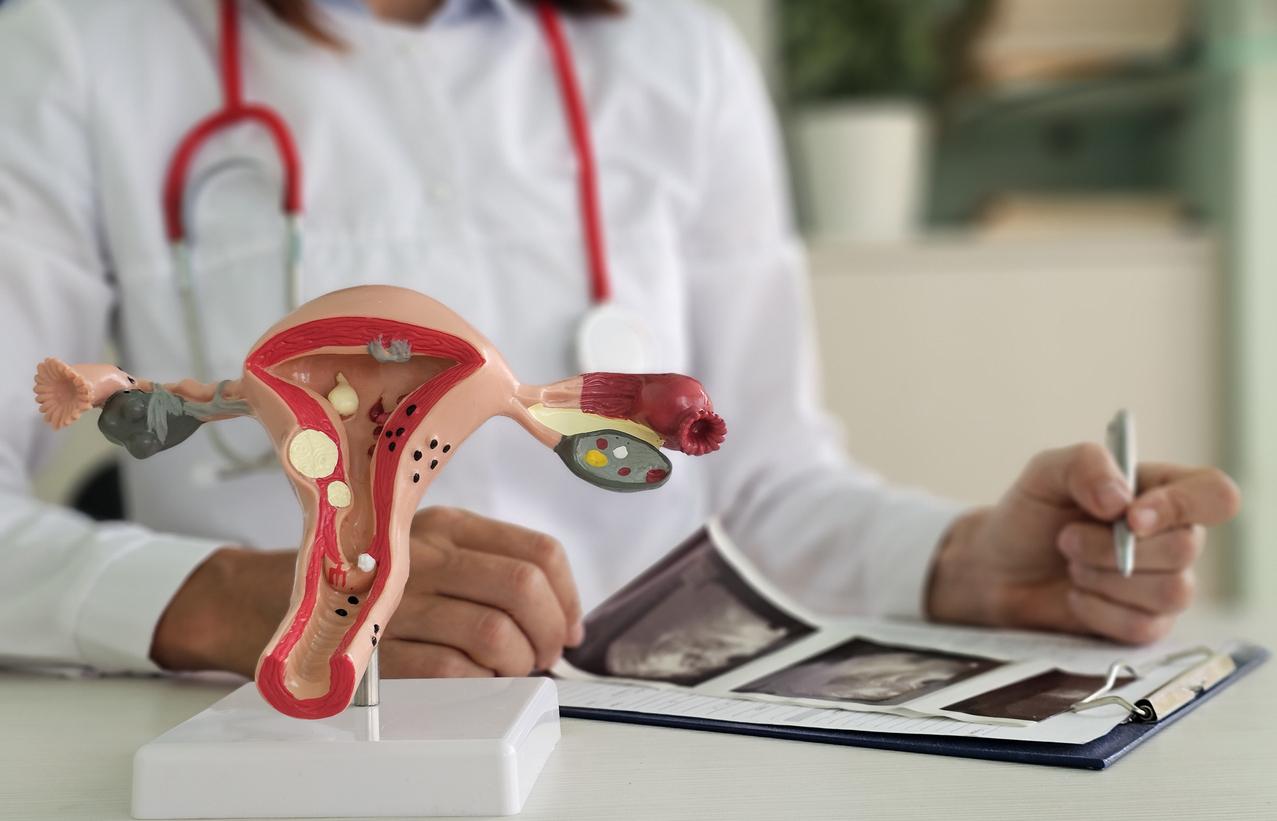In some US hospitals, the use of hearts from patients with hepatitis C for transplants has reduced the waiting time from 535 to 4 days.
-1580144680.jpg)
Hepatitis C remains a debilitating condition. This contagious liver disease, caused by a virus, affects 71 million people worldwide according to the latest WHO figures. Because of its contagion, health personnel take measures with people infected with hepatitis C, especially when it comes to transplantation. However, according to a study carried out by the Vanderbilt University Medical Center (USA) and published in the journal Jamaica Cardiologyheart transplants for patients with hepatitis C would be possible and would give good results.
For the researchers, the results of patients who received hearts from donors positive for hepatitis C were comparable to those of patients who received hearts from donors without the disease. With this discovery, it will then be possible to offer many more hearts to people awaiting a transplant.
Before the effectiveness of direct-acting antiviral therapies was proven, the hearts of hepatitis C carriers were discarded. Thanks to the latest scientific developments, the pool of donors is expanded, reducing the waiting time and thus reducing the mortality of patients waiting for an appropriate organ.
Hearts as good as the others
For this study, researchers followed 80 adult patients at Vanderbilt University Medical Center. These patients had received heart transplants from hepatitis C-positive donors between September 2016 and May 2019.
The Vanderbilt Transplant Center is considered the largest user of hepatitis C positive donor organs in the world. Since 2016, it has increased the use of these hearts for patients due to the established effectiveness of direct-acting antiviral therapies, which can cure hepatitis C infection in 12 weeks.
Kelly Schlendorf, the study’s lead author and medical director of the adult heart transplant program at Vanderbilt University Medical Center, says the therapies have minimal side effects. She has observed an increase in the volume of heart transplants in the United States, which she attributes, at least in part, to transplants using hepatitis C positive donors.
“These donors offer a strategy to safely expand the donor pool while allowing more patients to undergo transplantation. When you consider the alternative, it’s a big deal,” says Kelly Schlendorf.
Vanderbilt University doubled the number of heart transplants from 130 between 2013 and 2015 to 260 between 2016 and 2018. During this period, 37% of heart transplants were from Hep C positive donors. contributed to improving the numbers of heart transplant cases.
A shortened waiting list
The time spent on waiting lists decreases with the availability of more organs. Among the patients who participated in the study, the wait time for those who agreed to receive a positive heart for hepatitis C was only four days, compared to an average wait time ranging from 70 to 535 days for other recipients in the country.
“The reduction in waiting time reduced the need for prolonged mechanical circulatory support, and decreased the risk of complications such as kidney failure, infection, stroke and death, se rejoices Kelly Schlendorf. The longer a patient has to wait, the higher the risk of death.”
Hepatitis C positive donor hearts became common after the United States grappled with the opioid crisis, marked by many drug overdose deaths. “This is probably the only positive point of an otherwise tragic epidemic, specifies Kelly Schlendorf. Transplant centers in areas where the opioid crisis is less severe may not benefit as much as we do. However, more needs to be done to track long-term results.”
Earlier, a research team led by Dr. Ann Woolley of Brigham and Women’s Hospital in Boston said that using organs from hepatitis C-positive donors could increase the supply of hearts and lungs by at least minus 25%.
.















